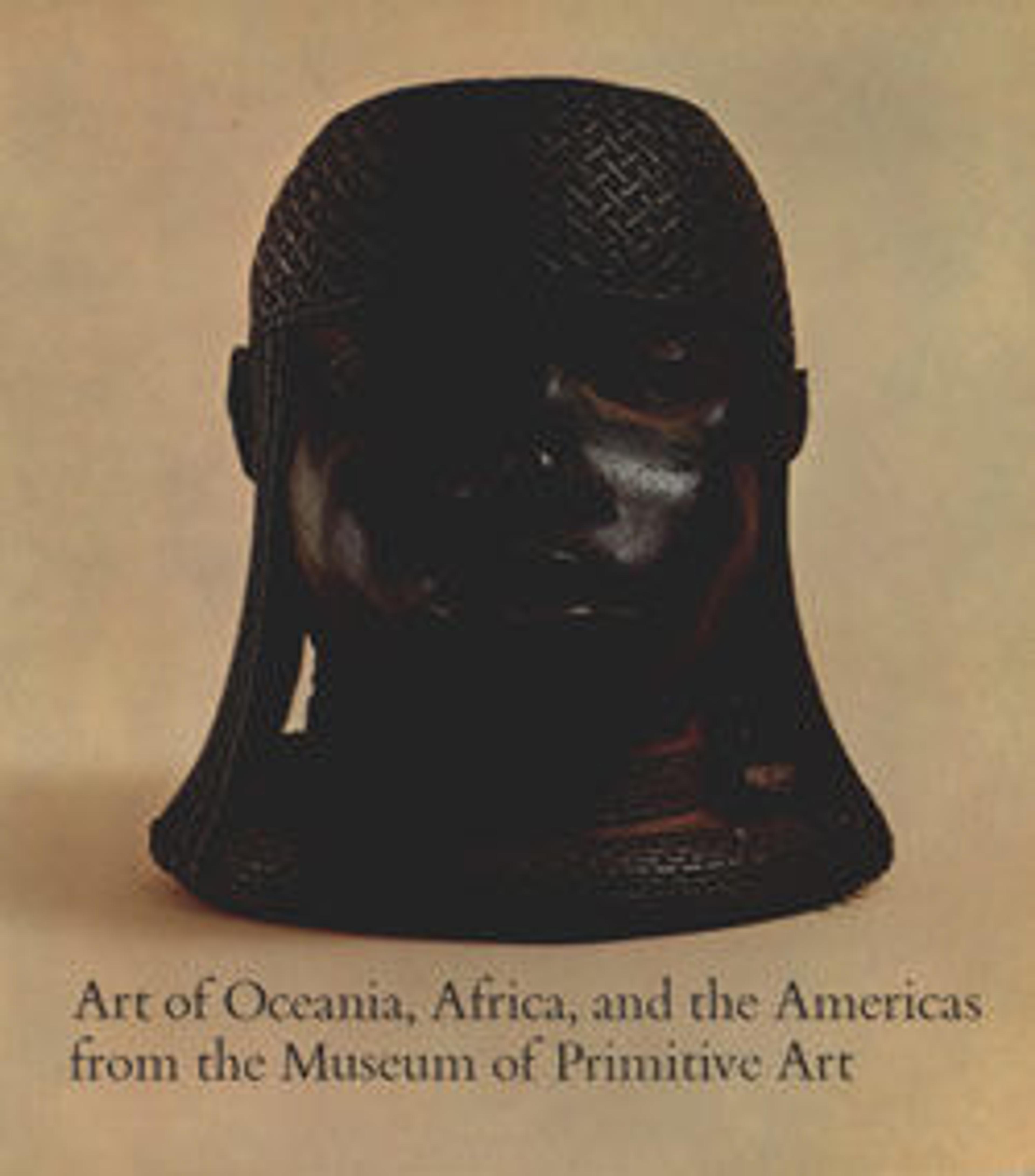Headdress: Female Bust with Horns (D'mba-da-Tshol?)
D’mba-da-Tshol, or D’mba of medicine, is the distorted pendant to D’mba, the epitome of beauty and devotion among the Baga peoples of Guinea. Often represented as a disfigured female bust, D’mba-da-Tshol might be characterized here by a pair of imposing V-shaped vertical horns, over a small round head with closed eyes, long neck and compressed bust. Worn as a crest at the top of the head, the face and body of the dancer below is covered by a disheveled mix of grass, raffia, old banana leaves and dirty rags. Specialist Frederick Lamp has described its appearances as a chaotic dance with aggressive movements, accompanied by dissonant music. Its apparition during the funerals of male elders provides an amusing, yet frightening counterbalance to the elegant dance of D’mba, alternating but never overlapping with her.
Artwork Details
- Title: Headdress: Female Bust with Horns (D'mba-da-Tshol?)
- Date: 19th–20th century
- Geography: Guinea, Niger River region
- Culture: Baga peoples
- Medium: Wood
- Dimensions: H. 31 x W. 5 13/16 x D. 6 in. (78.7 x 14.8 x 15.2 cm)
- Classification: Wood-Sculpture
- Credit Line: The Michael C. Rockefeller Memorial Collection, Bequest of Nelson A. Rockefeller, 1979
- Object Number: 1979.206.74
- Curatorial Department: The Michael C. Rockefeller Wing
More Artwork
Research Resources
The Met provides unparalleled resources for research and welcomes an international community of students and scholars. The Met's Open Access API is where creators and researchers can connect to the The Met collection. Open Access data and public domain images are available for unrestricted commercial and noncommercial use without permission or fee.
To request images under copyright and other restrictions, please use this Image Request form.
Feedback
We continue to research and examine historical and cultural context for objects in The Met collection. If you have comments or questions about this object record, please complete and submit this form. The Museum looks forward to receiving your comments.
